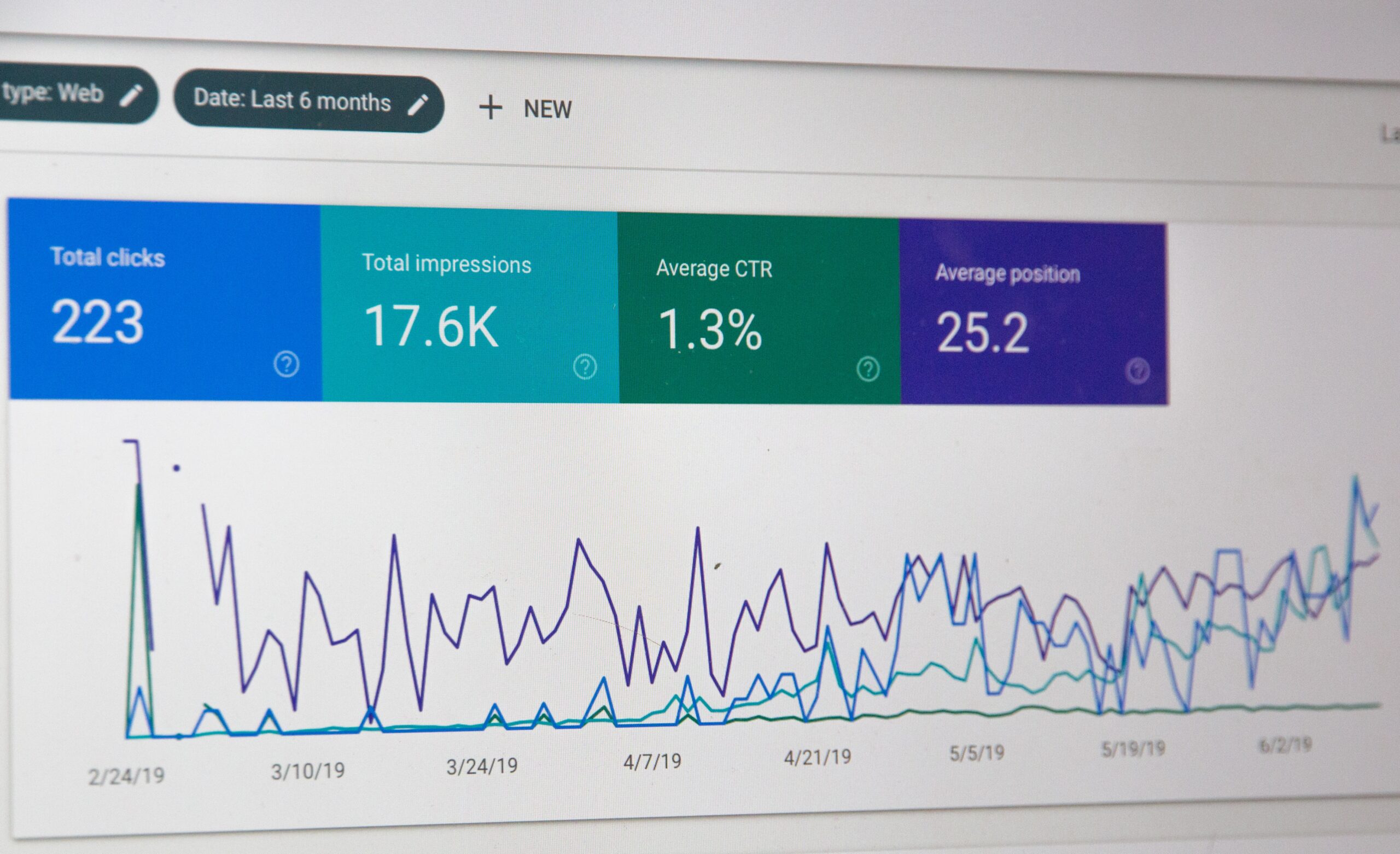We all know that there is a very fine line between written content that’s engaging, and articles that just make you want to hit the ‘back’ button. And with long-form articles, that tightrope can be even harder to balance.
On one hand, long-form content is a great chance to go into detail, show expertise, or offer up a thought-provoking opinion or research piece. But with more words, there’s always the chance that a reader may get bored, or find your writing too long to be worth consuming.
Here’s everything you need to know about the importance of long-form content and how to craft captivating, high-quality lengthy content that people want to read.
What is long-form content?
So, let’s start at the beginning: what is long-form content? Long-form content is an in-depth and comprehensive piece of writing that provides a thorough exploration and analysis. We’re talking about articles, blog posts, essays, reports – you get the gist.
As its name suggests, its characterized by its length (typically ranging from 1,000 to several thousand words) and aims to engage the audience for an extended period, offering them a more immersive and educational experience. Long-form is particularly effective when it comes to establishing authority, building trust, and fostering a deeper connection with your reader.
What are the benefits of long-form content?
Long-form content is still very much worth your time. One study found that pieces with 7000+ words drive almost four times more traffic than articles of average length (900-1,200 words)! That’s a lot!
Yes, 7,000 words may seem way too long. But you can still get the same traffic benefits from long-form articles that hover around the 1,500-word mark. After all, it’s all about serving your readers real value and content that answers their burning questions, or offers them a credible/inspiring/entertaining point of view.
Remember that Google will always favor pages that have longer “time on site” in their SEO ranking. The longer (and more engaging) your article, the more time readers will spend on your page.
In fact, despite our global attention spans shortening as we spend more time on social media, the average article length across a variety of publications increased by around 42% between 2014 and 2018, from 800 words to 1,151 words.
Unfortunately, simply writing longer articles isn’t going to guarantee success. A lot goes into a successful longread, which we’ll explore in this article. (Which isn’t too long, don’t worry!)
What is the difference between long-form and short-form content?
Obviously, the first glaring difference is the word count. This varies, but a rough guide is:
- Short-form: Less than 750 words
- Medium-form: 750-2000 words
- Long-form: Over 2000 words
But it’s not just length, it’s also about the content of the article. Short-form content doesn’t require much critical thinking. It can be consumed in two minutes and is all about getting information without extra frills. It definitely has its place, especially in our world of shrinking attention spans and tendency toward short-form video (think TikTok). And, if a user is looking for a quick tip, or answer to a question they’ve Googled, your content could be exactly what they need.
Short-form content often comes in the format of listicles or picture-rich information.
Longer content definitely requires more brainpower on behalf of the reader. It usually requires critical thinking, and introduces new concepts and ideas. Rather than just relaying information, long-form articles prompt the audience to think outside the box and analyze their own beliefs.
A basic way to think about the difference: short-form content helps you connect and engage with your audience. Long-form content is intended to inform and grow their worldview.
Should you go for short- or long-form?
Just because long-form content historically performs well, that doesn’t mean every article you produce should be 2,000 or more words. Think about the purpose of each piece you publish, and which format would suit it best.
What is the problem your article is solving for the reader –– do they need a short explanation or a deep dive?
Say you’re writing about car camping. If you’re catering to an audience who are complete beginners, who know nothing about camping out of a car and who need as much info as possible, you should definitely aim for a long-form article with plenty of subheads that serves as a guide.
But if you’re writing for an audience who are car camping aficionados, and already know the basics, maybe a short-form checklist will be more successful in getting them to click.
9 tips on how to write long-form content
Alright, we’ve spent a lot of time talking about how important it is to really nail your long-form content –– here are our best tips for you.
1. Have a clear goal

What’s the purpose of this content? You can’t give your readers a good experience, unless you know exactly what it is they’re looking for in your article. Is it going to be a gated or ungated piece of content?
2. Think about your structure
This one takes it back to high school English class. You’ve got to start with an interesting introduction to hook the reader in, before getting into the body of the article. What’s the most shocking or thought-provoking part of your article? Use that right at the beginning to reel them in. It’s also an opportunity to lean on current stats as a way to illustrate and solidly back up your first point.
Another great way to keep people reading is by introducing an anecdote in your introduction –– something personal that they may relate to. Reference it a couple more times through the body of your post, and again in the outro. This simple technique makes for a cohesive, gripping story.
3. Master your subheadings
When you’ve got a huge body of text, it’s important to break it up into subheadings. Headers guide your reader through the main sections of your piece, making it a lot easier for them to mentally process by tackling each separately. And, if we’re being honest, most readers never read the whole post. They’ll scan the article for a subheading that best suits their needs.
And we’re not just talking about bold and italics here; H2, H3, and H4 are your friends. For instance, in this article, we used H2 for the main sections of the piece, H3 for the salient points we want to highlight, and H4 to separate the different tips in this section.
4. Create scannable content
Things like bullet points, mini-lists, blockquotes, and anchor text are really effective tools for breaking up a long article.
When a reader can scan a long block of text and immediately find the information that they’re looking for, it will do a lot for keeping them on the page.
5. Images are your friends

Similarly, you want to break up your writing with images and infographics where possible. If you’re skimming an article and see an engaging picture, it’ll immediately keep you engaged and interested. Just as we’re doing now with this unmissable puppy picture…
6. Make every paragraph count
Your readers have committed to reading a long article, but there’s nothing worse than wading through paragraphs of filler content that could easily have been edited out or cut down. Make sure that every paragraph or section has a purpose, that it’s delivering content to the reader that they actually need to read. Do a search at the end to double check you haven’t overly repeated the same words too.
7. Keep paragraphs short
Even if you’re reading the most interesting article in the world, huge blocks of text will make anyone’s eyes glaze over. Ideally, paragraphs shouldn’t be longer than three sentences, unless it makes structural sense to add more.
Of course, this rule may vary, but read back over what you’ve written. Does the paragraph flow, and does it end in a place that feels natural?
8. Have fun with your writing
Long-form content doesn’t have to take itself too seriously. In fact, a story that’s unnecessarily dry or lacking in personality will probably turn many readers away.
Yes, they’re here to learn something or to hear your opinion. But that doesn’t mean you can’t also inject your own voice into your writing. Keep a conversational tone throughout your post, like you’re just chatting with a friend. Think about the types of articles you usually like to read –– model your writing around that.
9. Hire a good writer
At the end of the day, writing is pretty darn hard. Not everyone is born with the talent to string together a good, engaging article.
Sometimes, the best thing to do is let an expert step in. At Scribly, we’ve assembled a team of super-talented writers who can bring your ideas to life with sparkling and engaging content. We can work with you to deliver the exact content you need to bring in viewers and boost your brand. Get in touch to find out more!




